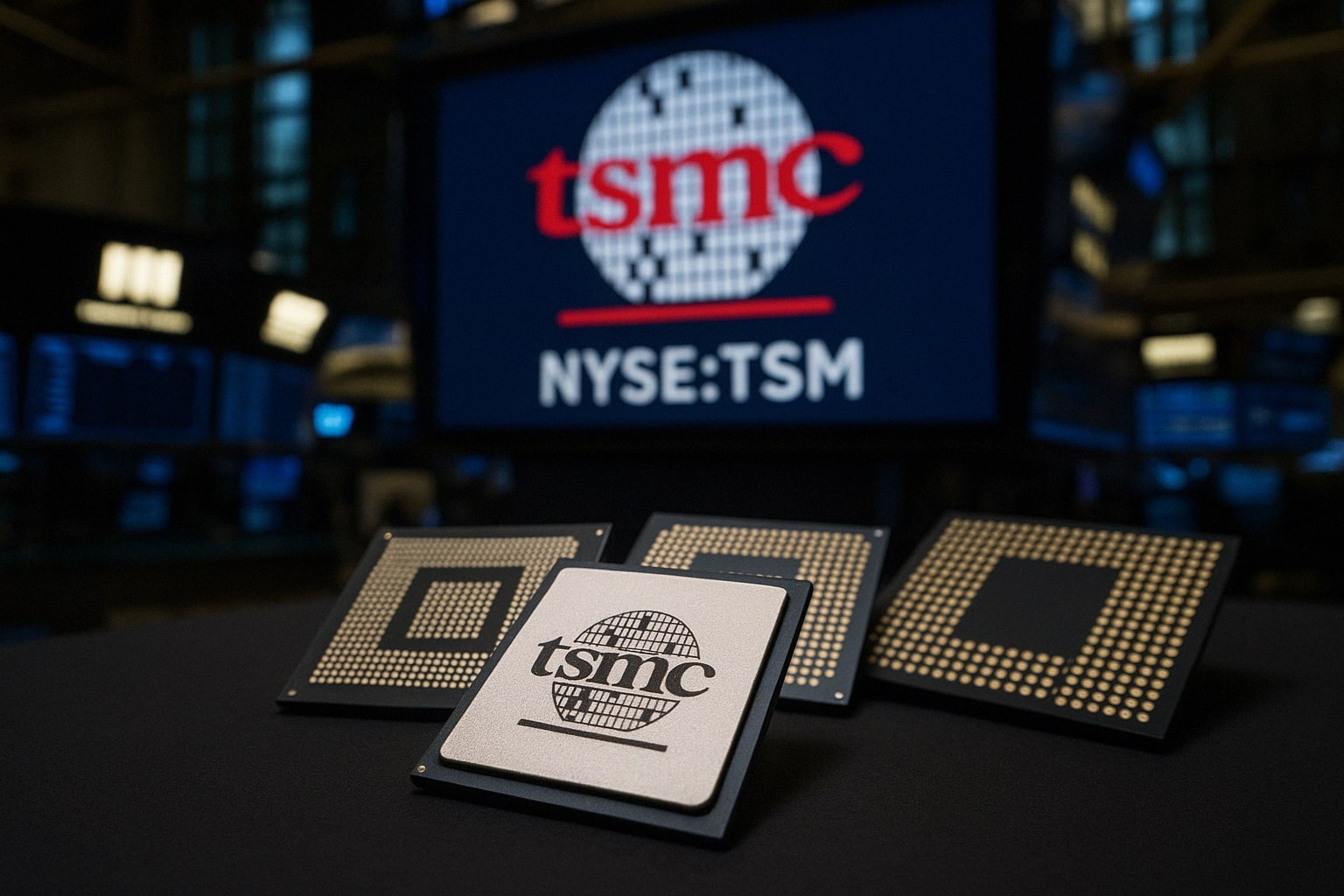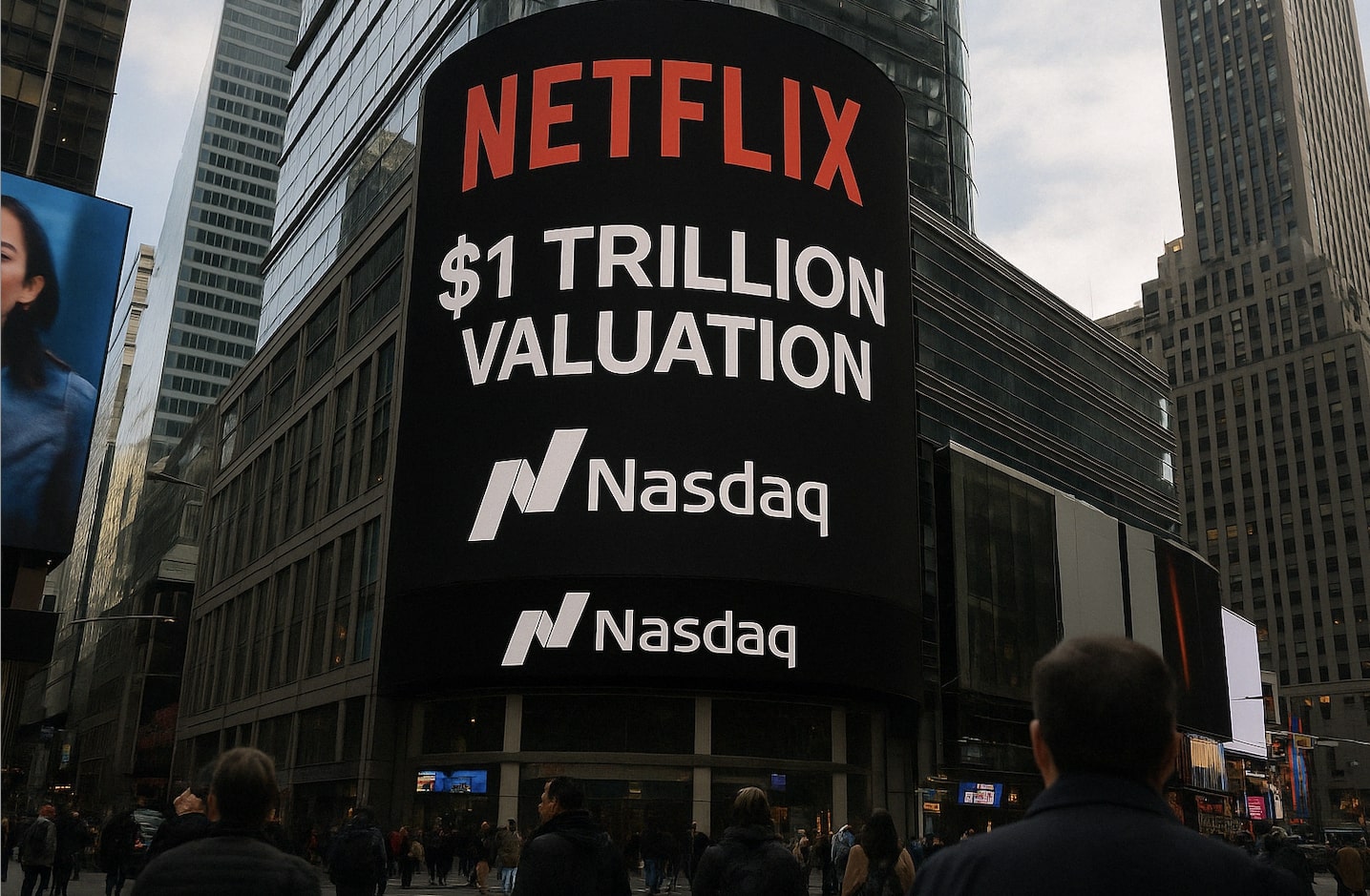
Intel Faces Largest Quarterly Loss Amid 36% Revenue Drop and Challenging PC Market
Gelsinger's Turnaround Plan Faces Hurdles as Intel Struggles with Declining Sales and Stiff Competition
Intel, the semiconductor giant, reported first-quarter results that demonstrated a sharp decline in earnings and revenue. The company posted a staggering 133% annual reduction in earnings per share, and revenue dropped nearly 36% year over year to $11.7 billion. However, the loss per share and sales were slightly better than Wall Street expectations, causing the stock to fluctuate in extended trading after initially rising on the report.
In the first quarter, Intel swung to a net loss of $2.8 billion, or 66 cents per share, from a net profit of $8.1 billion, or $1.98 per share, last year. Revenue decreased to $11.7 billion from $18.4 billion a year ago. This marks the fifth consecutive quarter of falling sales for the company and the second consecutive quarter of losses. It’s also Intel’s largest quarterly loss of all time, surpassing the fourth quarter of 2017 when it lost $687 million.
As CEO Patrick Gelsinger enters his third year at the helm of Intel, investors are questioning whether the company has bottomed out. The stock is up over 9% so far in 2023 but has fallen over 35% since this time last year. Gelsinger's turnaround plan involved opening up Intel’s factories as foundries, or factories that can make chips for other companies. Intel hopes to manufacture chips as advanced as those made by TSMC in Taiwan by 2026 and compete for custom work like Apple’s A-series chips in iPhones. The company stated on Thursday that it was still on track to achieve this goal.
However, the PC market, which used to be Intel’s strongest product line, is struggling. Global PC shipments dropped nearly 30% in the first quarter, according to an estimate from market tracker IDC. Intel’s Client Computing group, responsible for the majority of desktop and laptop Windows PCs, reported $5.8 billion in revenue, down 38% on an annual basis.
Intel’s server chip division, under its Data Center and AI segment, suffered an even worse decline, falling 39% to $3.7 billion. Its smallest full line of business, Network and Edge, posted $1.5 billion in sales, down 30% from the same time last year. One bright spot was Mobileye, which makes systems and software for self-driving cars and reported 16% sales growth to $458 million.
Intel has also been successful in cutting costs, expecting to save about $3 billion in 2023 and as much as $10 billion per year by 2025. Investors may find a positive in Intel’s expanding gross margins, which the company said would be about 37.5% on a non-GAAP basis in the current quarter, beating FactSet estimates.
The company's financial performance has impacted the industry. Intel's loss contributed to a 2.4% decline in AMD shares and a 1.2% drop in Nvidia shares. Intel is currently traded at a value of $123 billion, with the company's stock rising 13% since the beginning of the year but falling 32% in the last year overall.
In an effort to regain lost market share from rival AMD and other manufacturers, CEO Pat Gelsinger is working on a massive turnaround campaign. However, the effort is being hampered by the company’s poor quarterly performance and relative lack of exposure to the AI boom compared to Nvidia. Intel's share price is up just 9% since January, while AMD has jumped 31% and Nvidia has surged 84%.
Gelsinger is attempting to steer the company toward growth by building new fabrication facilities in the U.S., including a massive $20 billion chip plant in Ohio. Intel also announced a multi-generation collaboration with chip designer
















